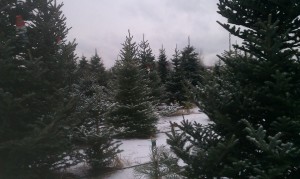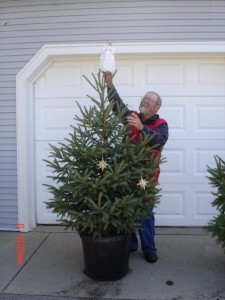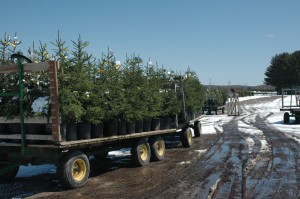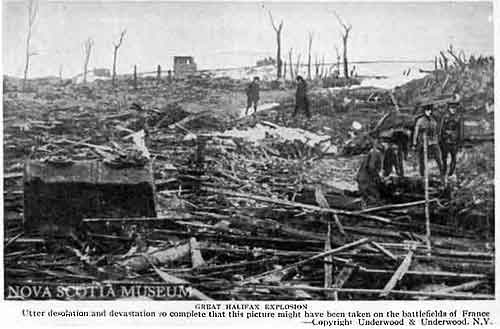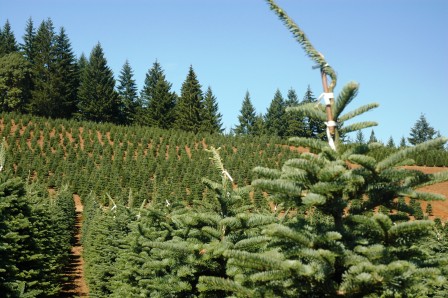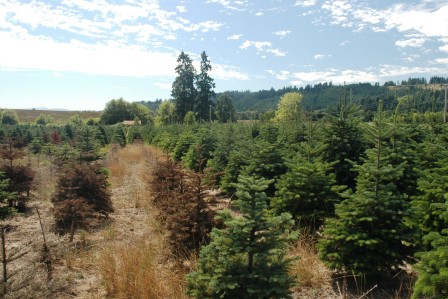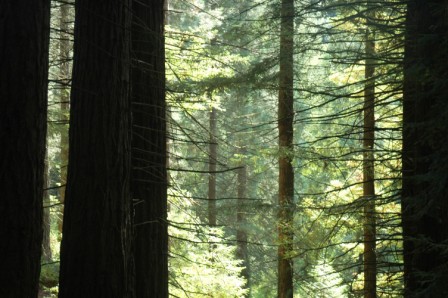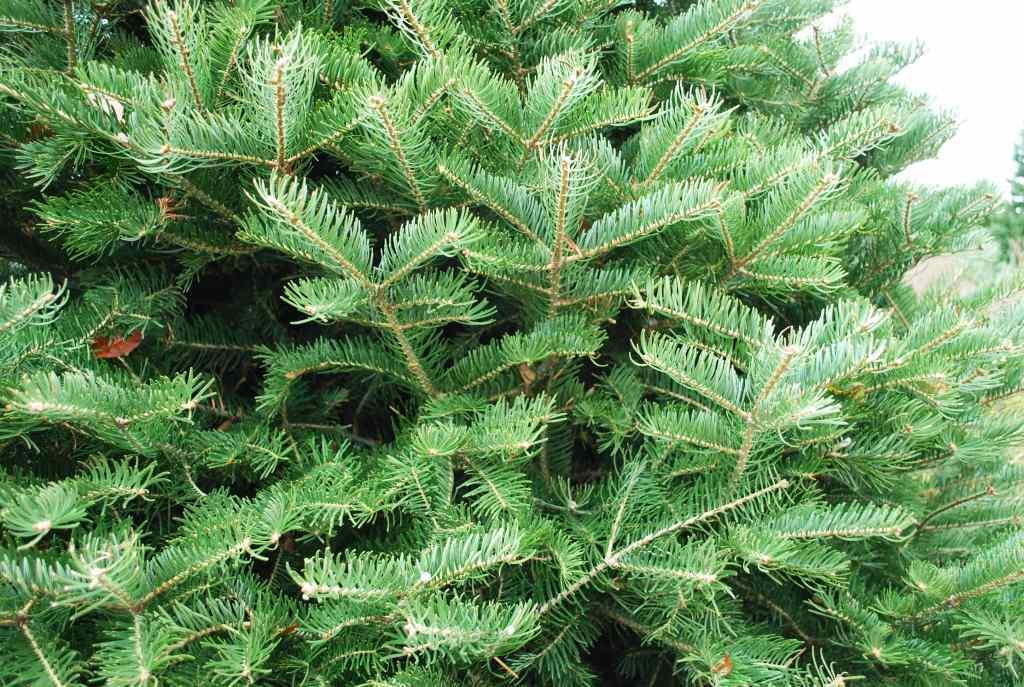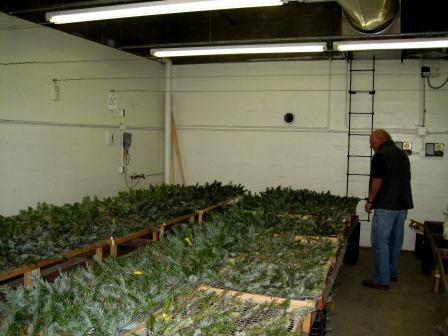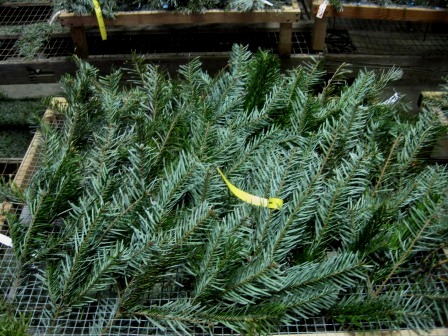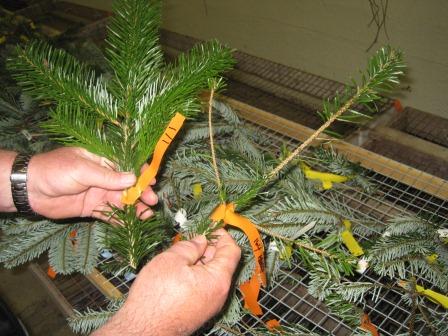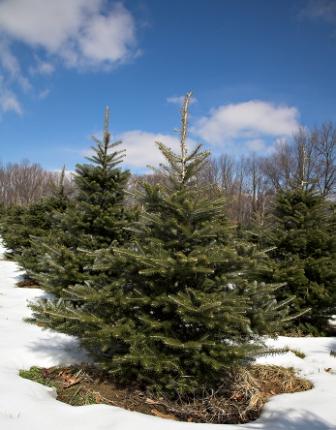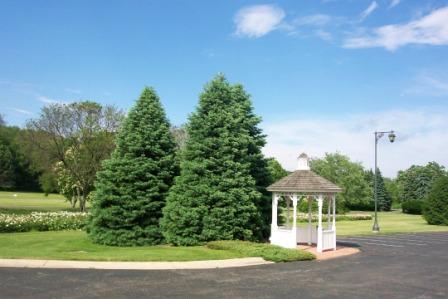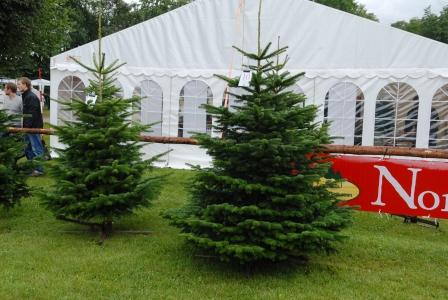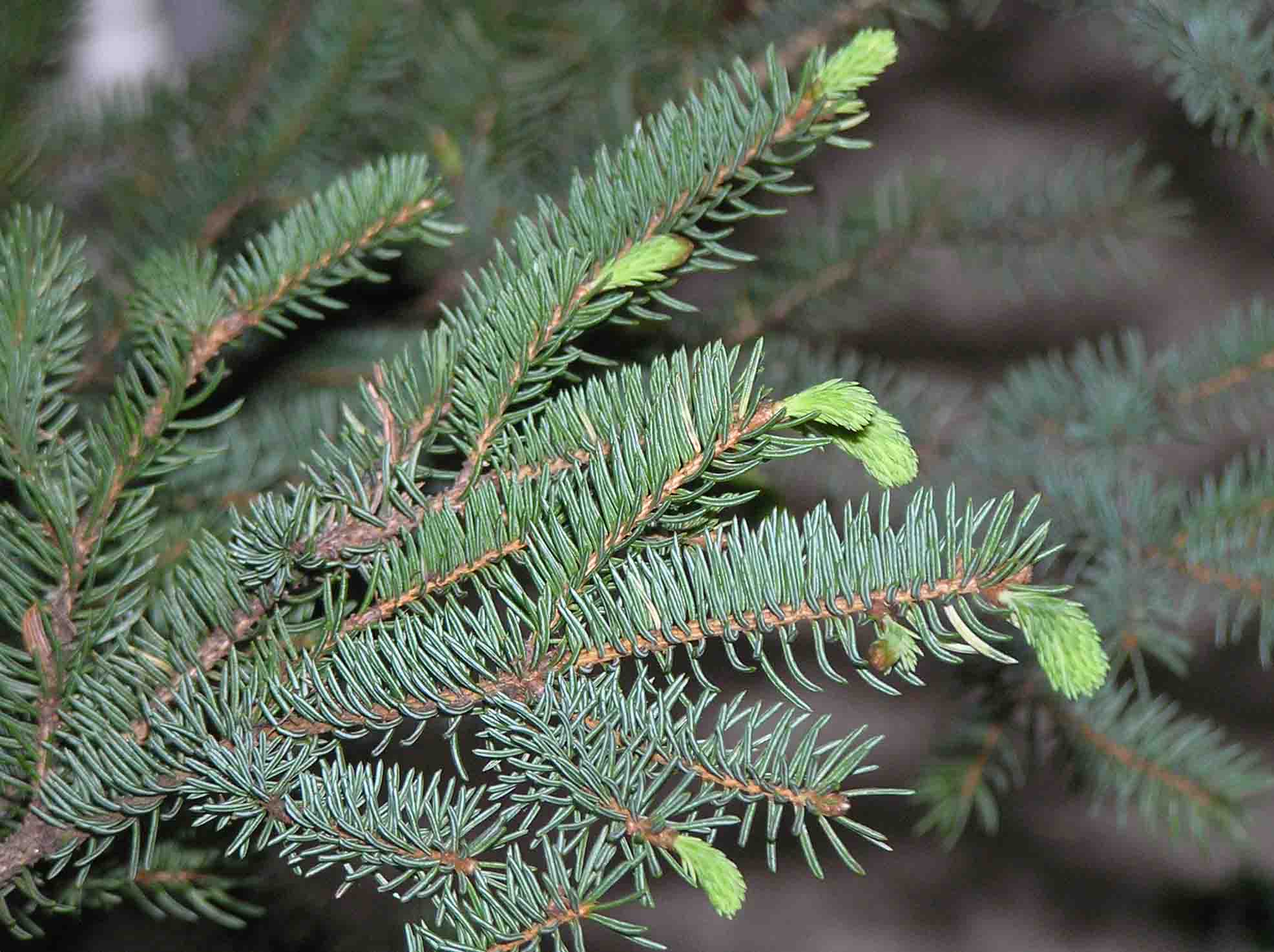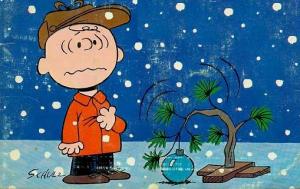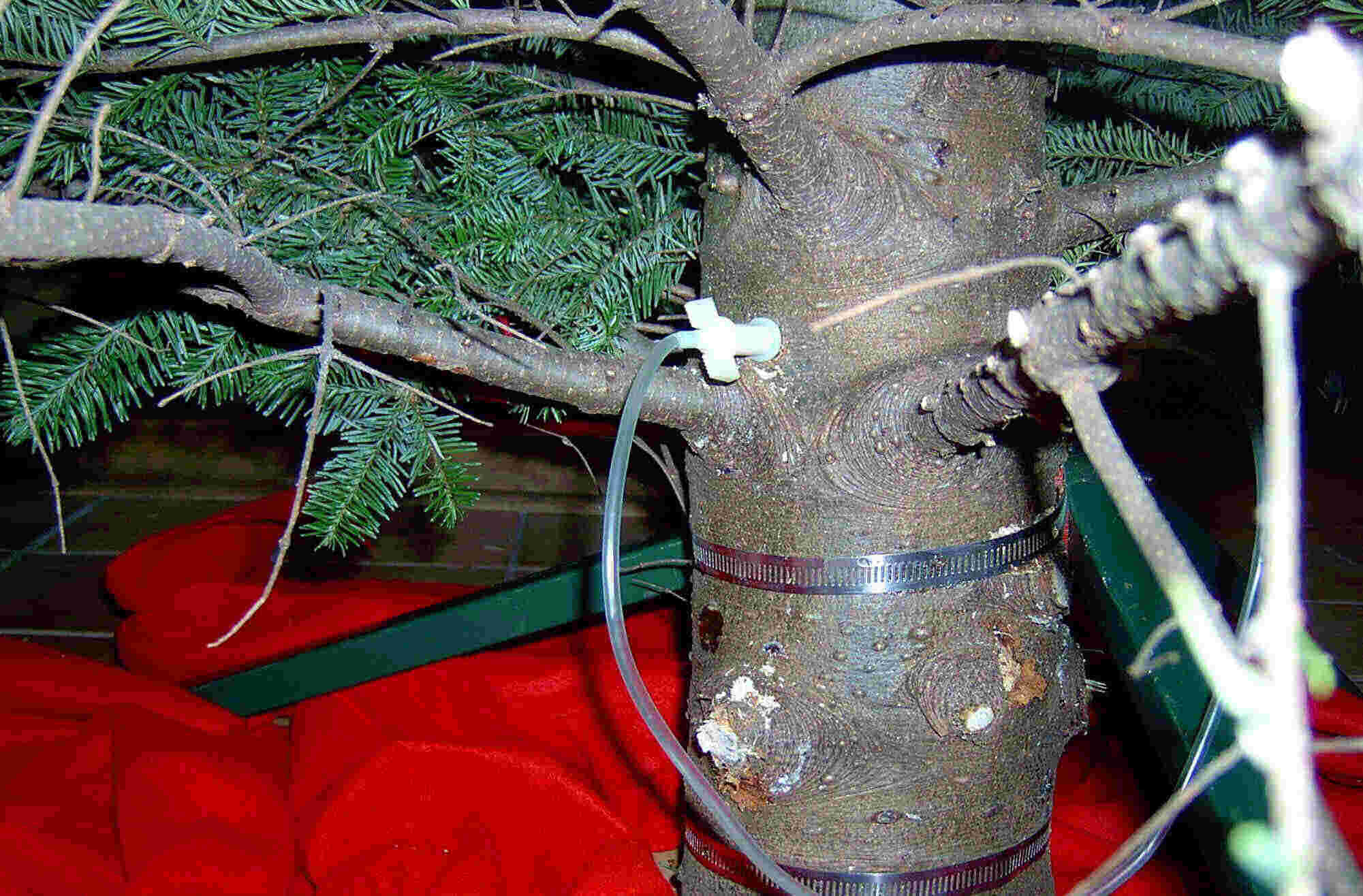Zombies are big deal these days. Seems like you can hardly turn on the TV these days without seeing someone (or someTHING) coming back from the dead. Turns out Christmas trees are no exception. Every so often during the Holidays I will get a call or an e-mail that starts off, “My Christmas tree is starting to GROW!” And indeed they are. Under certain circumstances, conifers that are cut and brought indoors can break bud and begin to grow; sometimes putting on considerable new growth.
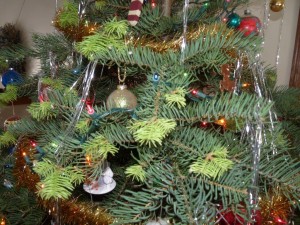
So what gives? Like the proverbial chicken running around with its head cut off, Christmas trees are dead they just don’t know it yet. After they are cut, conifers can continue physiological functions – photosynthesis, transpiration, respiration – for weeks. In some cases they can break bud and begin to grow like it’s springtime when a homeowner brings them indoors. There are a couple of key factors that come into play. First, the tree must be exposed to enough cold weather to meet its chilling requirement. This varies among species, but most conifers need to accumulate at least 6 weeks of chilling below 40 deg. F to overcome dormancy. So early cold weather where the tree is grown and harvested is step one. Second, the “Zombie tree syndrome” is most likely to occur in species that are adapted to high elevations or northern latitudes. The usual suspects are concolor fir (Abies concolor) and corkbark fir (Abies lasiocarpa var. arizonica). These trees have evolved in areas with a short growing season, so there is a selective advantage to breaking bud rapidly when weather warms in the spring – or if brought into a toasty 70 degree living room.

So what do you do if your tree turns into a Zombie and comes back from the dead? Don’t panic. It’s a natural phenomenon; just be sure to check and refill the water in the stand regularly so the new growth doesn’t desiccate. And lock your bedroom door at night – just in case…

